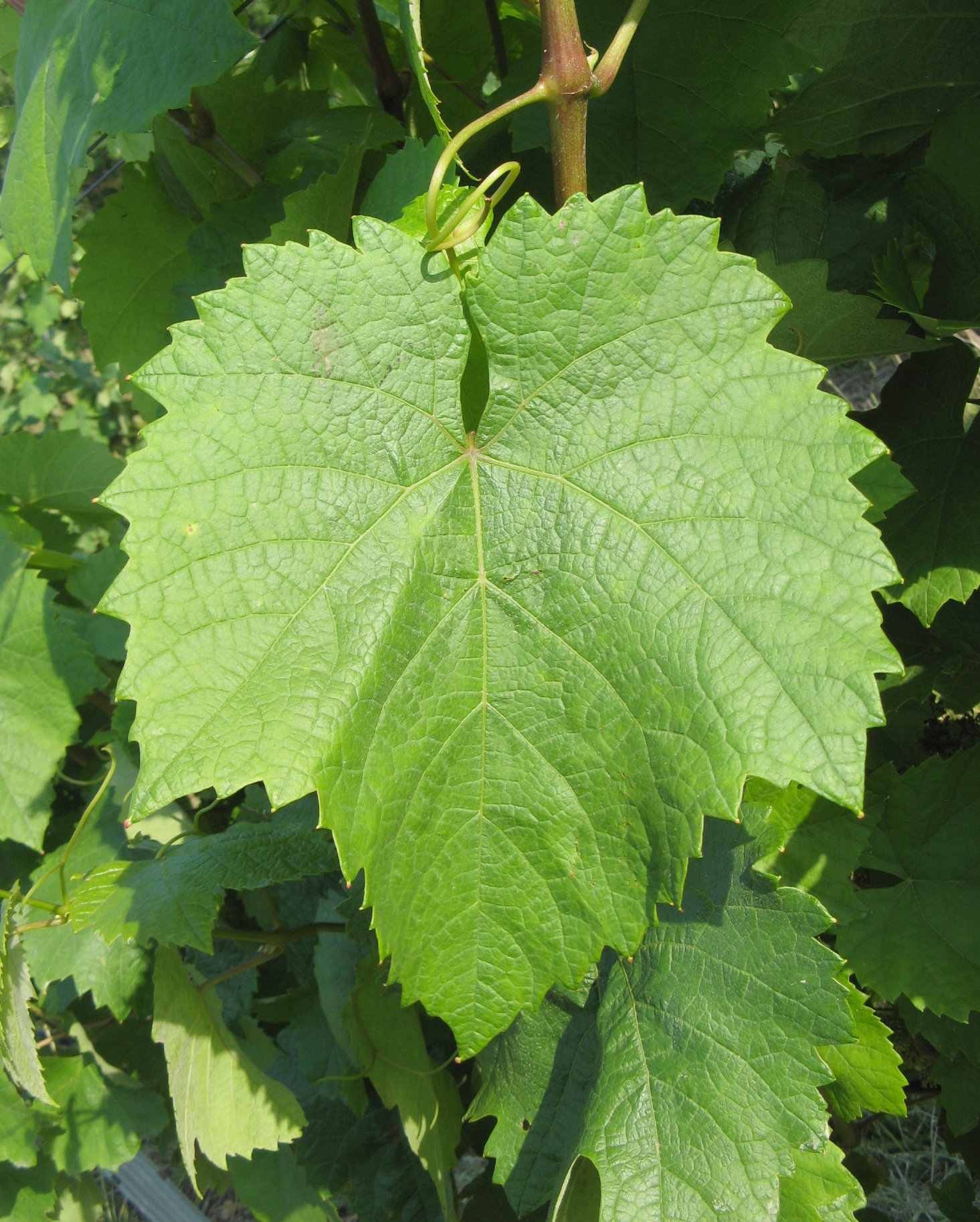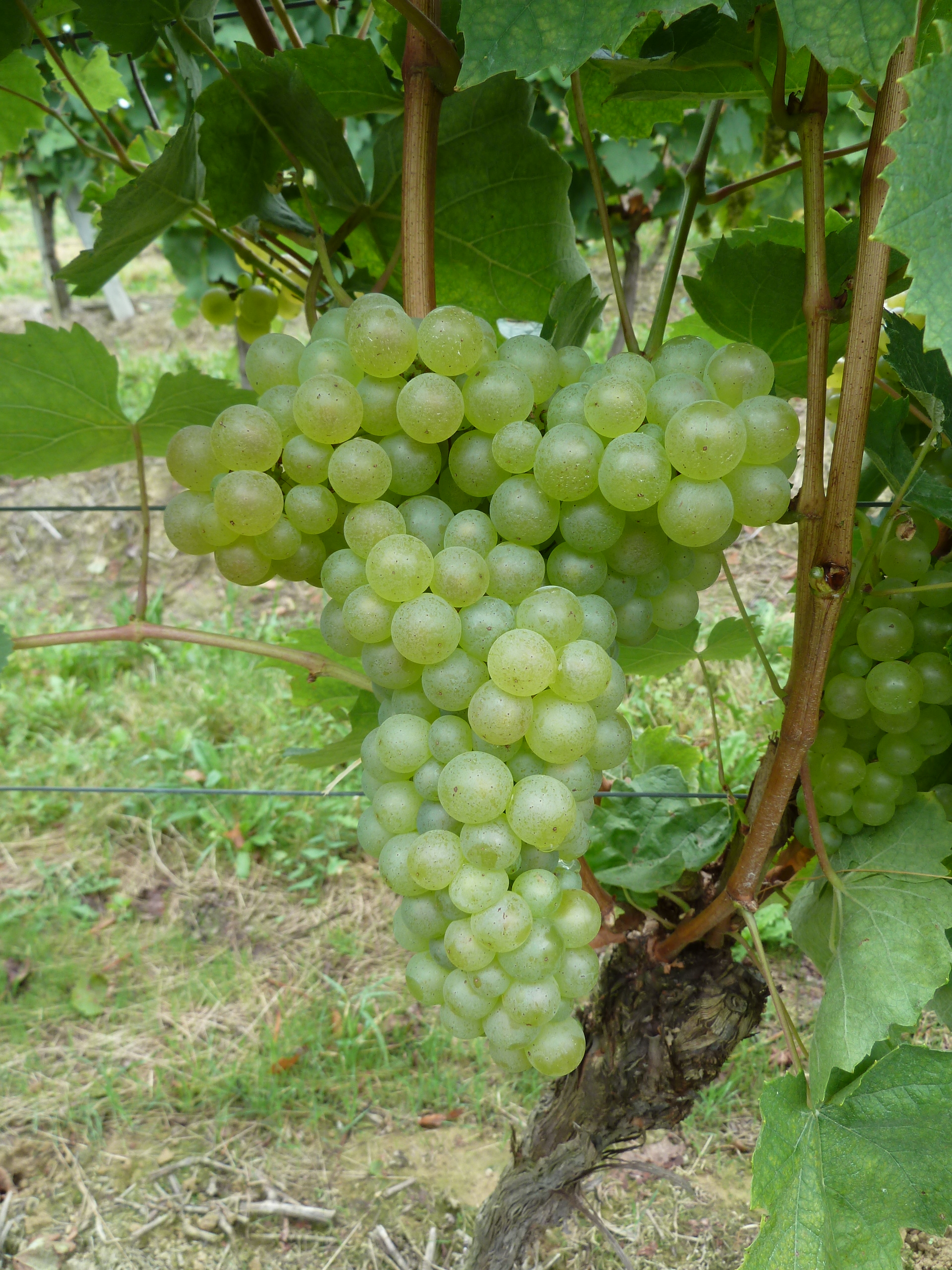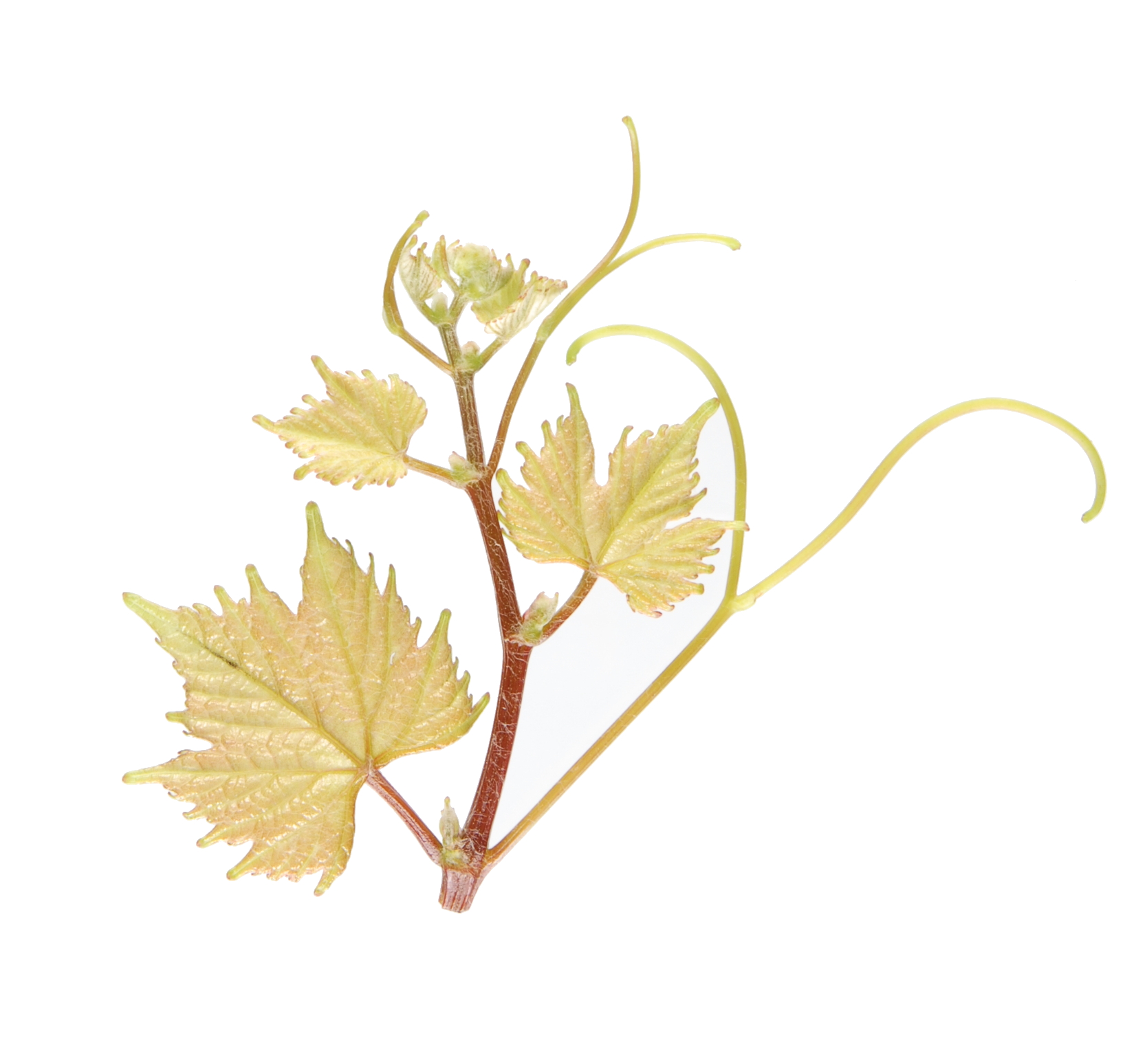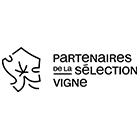Gouais blanc
B
Wine grape variety.
The geographical origin of the variety is specified or, if this is not possible, the area in which it is traditionally cultivated. The genetic origin of the variety is also indicated whenever it is known from hybridiser data or from genetic analyses published or obtained by the teams at INRAE in Montpellier (UMR AGAP) and Vassal-Montpellier Grapevine Biological Resources Centre (CRB-Vigne).
This ancient European variety geographic origin is indeterminate. It was usually grown in the North-East vineyards of France. Gouais blanc may originally be from the Western Balkans or central Europe.
This information indicates the normal and statutory use for the grapes.
Wine grape variety.
Name under which the variety is officially registered in the catalogue of grapevine varieties in France and under which it may be propagated and disseminated.
Gouais blanc
Recognised alternative names that may be used to identify the propagation material of the variety in France or in other member countries of the European Union.
In the Euopean Union, Gouais blanc is officially called by other names: "Branco Valente" (Portugal), "Heunisch Weiss" (Germany) and Liseiret (Italy). These synonyms are officially recognized in France regarding plant propagation material.
This information indicates on which list the variety is registered (A or B), whether it is classified for wine grapes, and in which member countries of the European Union the variety is also officially registered (for more information, see the "Legislation" menu.
In France, Gouais blanc is officially listed in the "Catalogue of vine varieties" since 2021 on the A list but is not yet classified. This variety is also listed in the catalogue of Germany Italy, Portugal and Switzerland.


Only the principal ampelographic elements enabling the varieties to be characterised and identified are provided. They are presented according to the descriptor code recognised by the International Organisation of Vine and Wine (OIV), the International Union for the Protection of New Varieties of Plants (UPOV), the Community Plant Variety Office (OCVV) and Bioversity International (for more information, see the "Ampelographic glossary" menu). The photographs of leaves and grapes were taken in natural conditions, on the vine, in very similar situations in terms of growing conditions (sandy soil, Mediterranean coast): - Domaine de l'Espiguette (IFV), Le Grau du Roi (Gard), - Domaine de Vassal (INRAE), Marseillan (Hérault), - La Gaillarde Campus (Institut Agro | Montpellier SupAgro), Montpellier (Hérault). Only a few photographs, including the tips of bunches, were taken in other conditions.
- the white tip of the young shoot with a low to medium density of prostrate hairs,
- the yellow young leaves with bronze spots and a medium density of prostrate hairs,
- the red or red-striped shoots,
- the wedge-shaped or cordate adult leaves, entire or sometimes with three lobes, with a slightly open or closed V-shaped petiole sinus, shallow lateral sinuses, medium teeth with straight sides or with one side concave and one convex, a slight anthocyanin pigmentation at the petiolar point or up to the first bifurcation of the veins, a frank green leaf blade, thick and shiny, flat or involuted, finely bubbled, wavy and on the lower side of the blade, a low density of prostrate hairs and a medium density of erect hairs,
- the round-shaped berries.
Genetic profile
The genetic profile of the variety is provided for the 9 microsatellite markers (or SSR markers) selected under the European programme GrapeGen06 (http://www.eu-vitis.de/index.php) and by the OIV. The absolute size values of the alleles may vary slightly from one laboratory to another, but the relative differences between the two alleles of one single microsatellite are constant. The genetic analyses were conducted by the INRAE Montpellier team (UMR AGAP) and the IFV’s Plant Material Centre.
| Microsatellite | VRZAG62 | VRZAG79 | VVMD25 | VVMD27 | VVMD28 | VVMD32 | VVMD5 | VVMD7 | VVS2 |
|---|---|---|---|---|---|---|---|---|---|
|
Allele 1 |
196 |
238 |
238 |
176 |
227 |
249 |
232 |
239 |
131 |
|
Allele 2 |
204 |
244 |
254 |
178 |
245 |
271 |
238 |
249 |
141 |
The data on suitability are the result of field observations or, if none are available, of bibliography mining and the study of bibliographic references.
Gouais Blanc is very productive and regular. It is not very sensitive to cold in winter. It may be subject to millerandage.
These remarks are also the result of field observations or, if none are available, of bibliography mining and study of bibliographic references.
Gouais blanc is rather susceptible to fungal diseases, especially to grey rot.
The size of grape clusters and berries indicated are based on the following scales: - Wine grape varieties Size : Very small Bunch (g) : ≤ 100 Berry (g) : 1 - Table grape varieties Bunch (g) : 150 Berry (g) : 2 - Wine grape varieties Size : Small Bunch (g) : 100 - 200 Berry (g) : 1,5 - 2 - Table grape varieties Bunch (g) : 150 - 250 Berry (g) : 2 - 3,5 - Wine grape varieties Size : Moderate Bunch (g) : 200 - 250 Berry (g) : 2 - 2,5 - Table grape varieties Bunch (g) : 250 - 400 Berry (g) : 3,5 - 5,5 - Wine grape varieties Size : Large Bunch (g) : 250 - 400 Berry (g) : 2,5 - 3,5 - Table grape varieties Bunch (g) : 400 - 700 Berry (g) : 5,5 - 8 - Wine grape varieties Size : Very large Bunch (g) : 400 Berry (g) : 3,5 - Table grape varieties Bunch (g) : 700 Berry (g) : 8 Remarks concerning the characteristics of the wines are generally based on tastings organised by juries of professionals.
The bunches are medium to long and fairly compact. The berries are medium-sized, simple in flavour and have a thin skin. Gouais blanc produces wines that are neutral, low in alcohol, very acidic and generally considered to be of mediocre quality.
In this section, the list of certified clones is given. Information on clone conservatories is also provided.
There is no certified clone for this variety yet.
The growth stages indicated are the result of obsrvations made at the Domaine de Vassal Estate where the set of these varieties form a collection. The results are indicated compared to the Chasselas vine variety as a reference in order to make comparisons between years and different sites. As such, for information purposes, the dates for the Chasselas B growth stage at Domaine de Vassal are as follows: - Bud burst, 21 March (average over 50 years) - Grape maturity, 14 August (average over 50 years)
Bud burst: 1 day after Chasselas.
Grape maturity: mid-season, 2 and a half weeks after Chasselas.
Bibliography
- Documentary collections of the Centre de Ressources Biologiques de la Vigne de Vassal-Montpellier, INRAE - Institut Agro Montpellier, Marseillan, France.
- Dictionnaire encyclopédique des cépages et de leurs synonymes. P. Galet, 2015, Ed. Libre&Solidaire, France.
- Traité général de viticulture, Ampélographie. P. Viala and V. Vermorel, 1901-1909, Ed. Masson, Paris, France.
- Registre Ampélographique International. 1961-1972, Ed. OIV, France.
- Le Gouais, un cépage clé du patrimoine viticole européen. JM. Boursiquot et al, 2004, Bulletin de l'OIV 77 (875/876):5-19.
- Wine Grapes. J. Robinson et al, 2012, Ed. Penguin, England.





